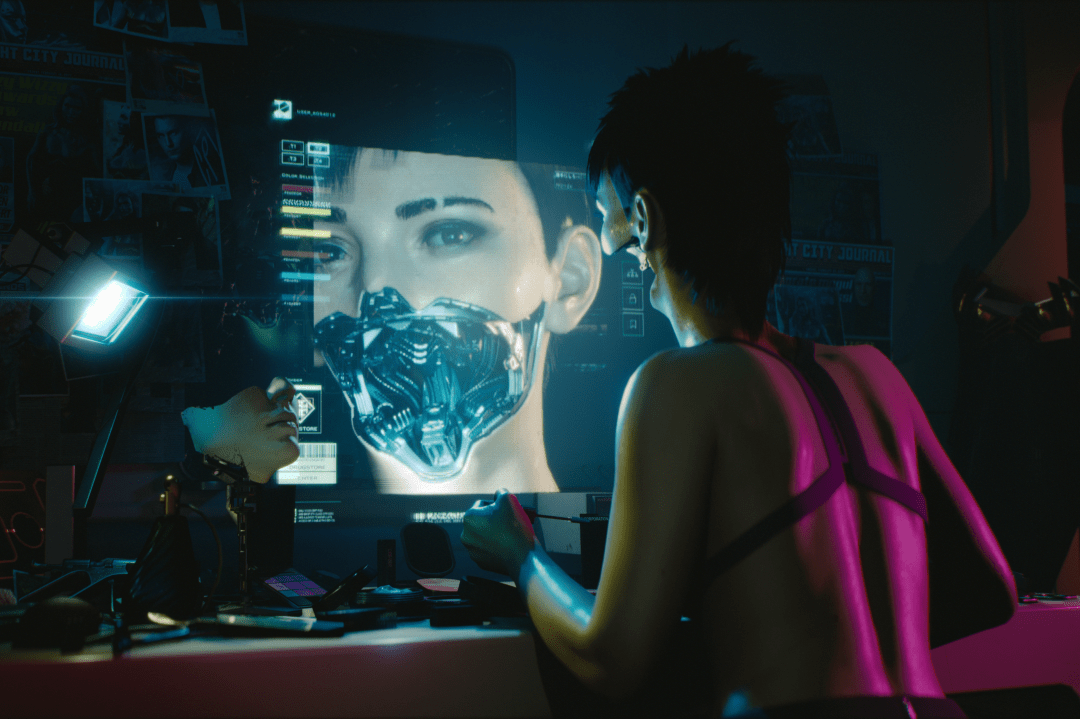What is ray tracing? The gaming tech explained
Ray tracing has gone from Hollywood to your front room. But what is it?

Ray tracing might sound like the name of a renegade cop who gets results, but it’s quite literally a game changer.
Debuting in 2019 at that year’s E3 event (RIP), ray tracing has since brought superior graphics to a new generation of consoles and PCs. Some of the most hyped games of 2023 will be given an extra ray traced polish, but it’s an old-ish technology that helps make 3D content merge seamlessly with real-life ones. But what exactly is this eye-catching graphics tech all about? Read our guide to find out.
What is ray tracing?
In essence, ray tracing is a rendering technique that simulates real world lighting. The process generates an image by tracing a path of light from an imaginary eye to every surface or object in the scene. An algorithm then works out how visible light would behave when it hits each one, based on what they’re made of and how many light sources there are available. A reflective surface will usually bounce varying amounts of light onto other objects around them, with anything blocking the path of that light creating dynamic shadows.
Ray tracing not only allows for far more realistic-looking scenes, but it’s not just for the sake of eye candy. A change in lighting could give away an opponent sneaking up on you in an FPS, or give away a hidden clue.
How does it work?
In the olden days – pre-2019, to be precise – graphics cards generated visuals through a process called rasterisation. This would translate 3D graphics into pixels that we see on our screens. Shaders would then apply lighting. Ray tracing does things differently. It’s essentially an algorithm that simulates the physical behaviour of light. It mimics how natural light bends, reflects and shimmers off surfaces more accurately than anything we’ve seen in gaming.
Why should I care?
Ray tracing requires much more computing power than has traditionally been available to mere mortals. This is why it’s previously only been the preserve of Hollywood’s CGI and visual effects departments. That’s all changed though, and a whole bunch of the video games released in the past few years use it. Cyberpunk 2077, Watch Dogs: Legion, Control, God of War Ragnarök, Elden Ring and many other titles use ray tracing to up the immersive experience.
But it’s not just for new games either. Battlefield V, Shadow of the Tomb Raider, and the original God of War support it. Even Quake II has been remastered with the ray tracing treatment. It’s quite amazing how big an impact it has on the look of a game that came out in 1997.
Most decent graphics cards support ray tracing, and it makes no difference if you use an Nvidia RTX card or an AMD Radeon one. Ray tracing is also supported on the Xbox Series X and PlayStation 5. It’s available on PCs and laptops, and even some smartphones thanks to the MediaTek Dimensity 9200 and Snapdragon 8 Gen 2 chips.



